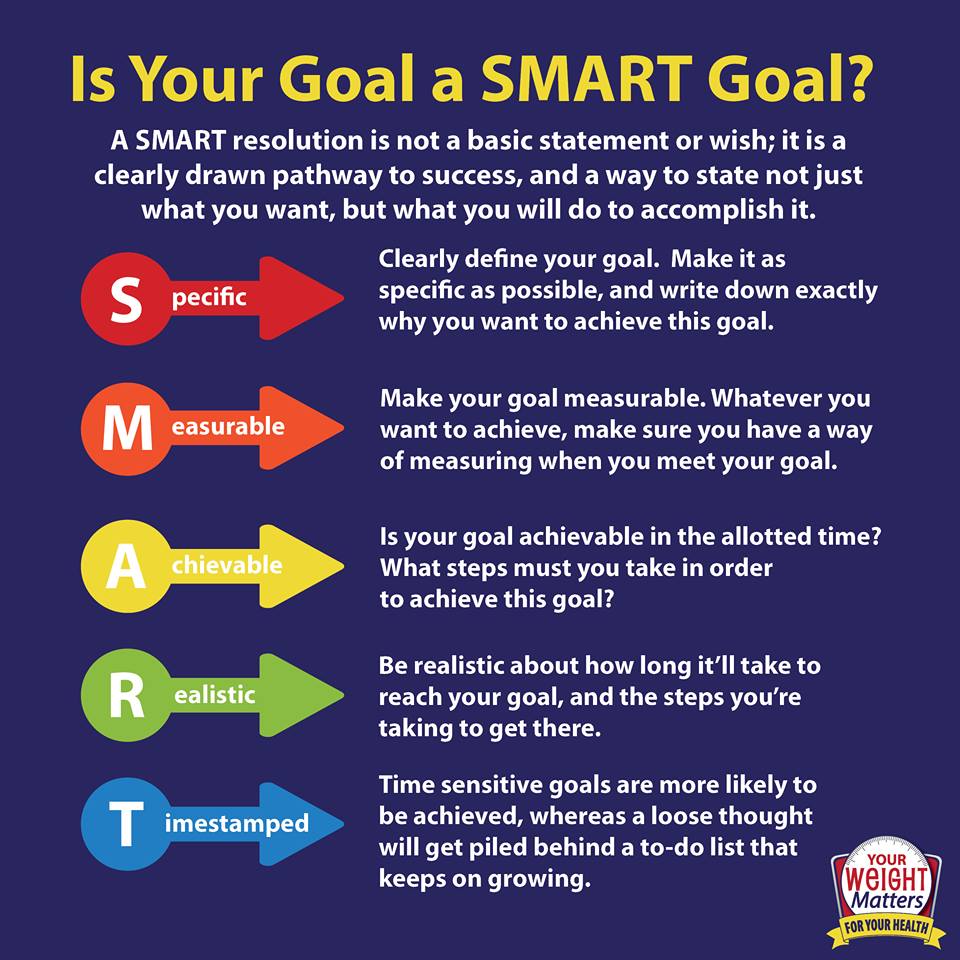

Both males and females should have the vaccine up through 26 years of age. Younger individuals have a more robust immune response, so those who receive the first dose before their 15th birthday need only two doses. The current HPV vaccine, Gardasil-9, is recommended at 11 to 12 years of age but can be given as early as age 9. Adolescent sexual behavior is complex and not deterred by vaccination. Teens have always had sex, even when faced with the risks of HIV and pregnancy. Those who feel that fear of HPV will keep their child from having sex are mistaken. Parents who fear that vaccination conveys to their child that it’s OK to go out and have sex should communicate to their child otherwise. Studies indicate that vaccinated teens are no more likely to be sexually experienced than their unvaccinated peers. Other parents decline vaccination because they believe that it will encourage sexual activity. Moreover, screening for precancerous anal and throat lesions is difficult and not typically done. While it’s true that pap smears detect HPV infections progressing toward cervical cancer, treatment of such lesions is an ordeal. Parents feel like they have time because the decades that it takes an HPV infection to develop into cancer obscures the connection between the cancer and activities during youth. The vaccine can only prevent infection it doesn’t treat infection or cancer. Some parents put off vaccination until their child is sexually active. Truth be told, 80 percent of people will have at least one sexually transmitted HPV during their lifetime. Many don’t realize that HPV infections are common because 90 percent of the time it resolves without symptoms or treatment. HPV spreads easily, and infection can occur with any intimate activity - not just intercourse. They don’t understand that HPV is an infection that causes cancer. Sometimes parents reject the HPV vaccine saying that cancer doesn’t run in their family or genes. The reasons for the lackluster vaccination rate are largely based on misinformation or a lack of understanding. These include 12,900 throat cancers, 10,800 cervical cancers and 6,000 anal cancers. HPV causes approximately 33,700 cancers in the United States each year among both men and women. Most parents would answer with a resounding yes, yet only two-thirds of adolescents have had at least one dose of the cancer-preventing Human papillomavirus (HPV) vaccine.

If there was a safe and effective vaccine to prevent certain common types of cancer, would you want your child to have it?


 0 kommentar(er)
0 kommentar(er)
